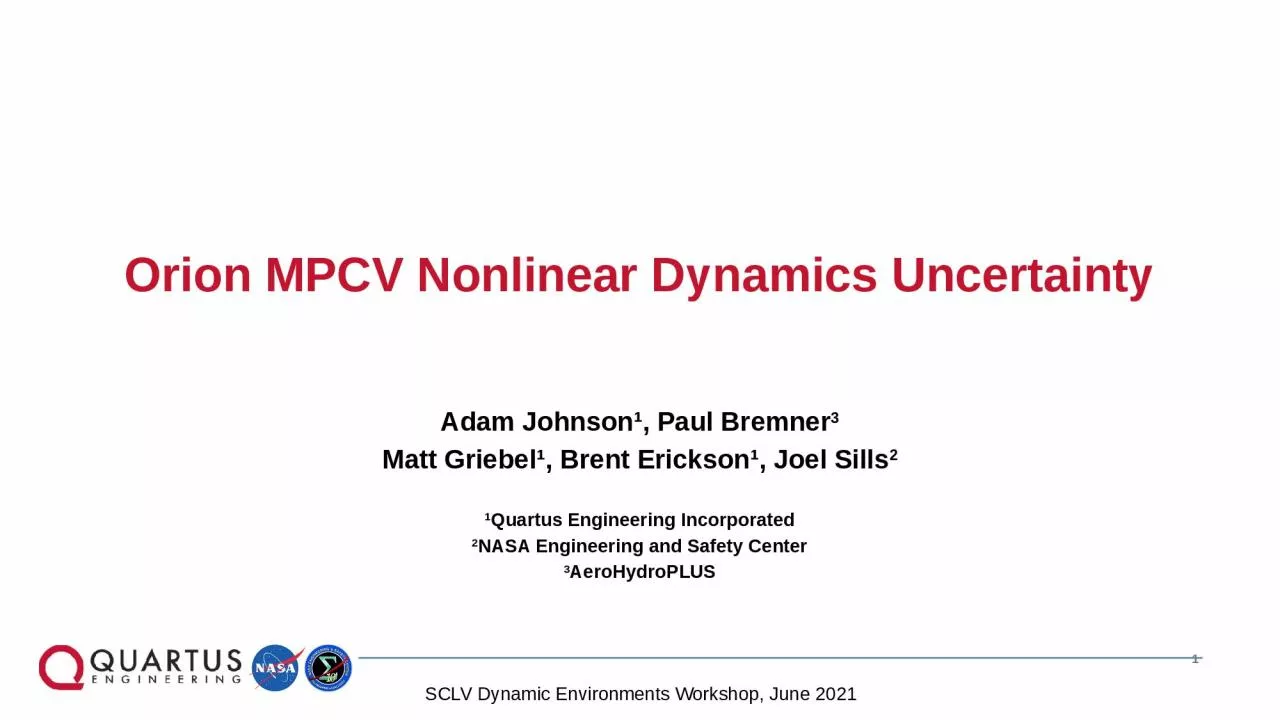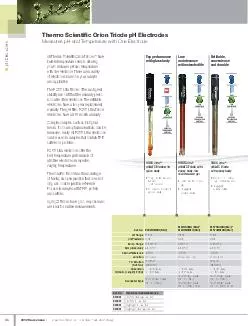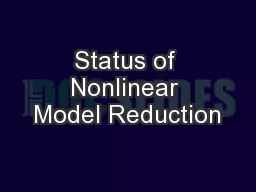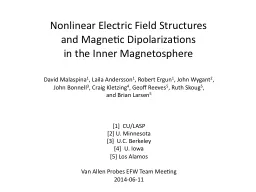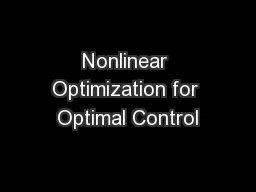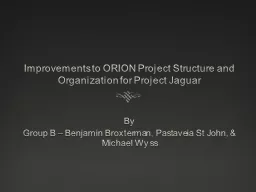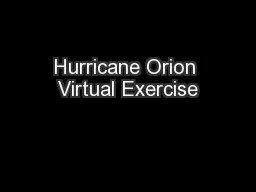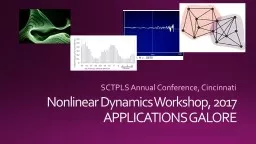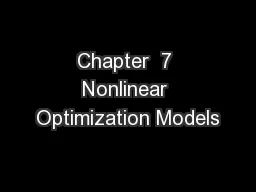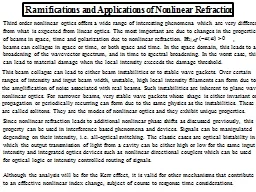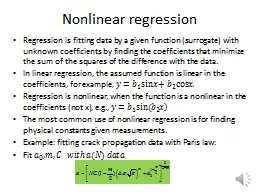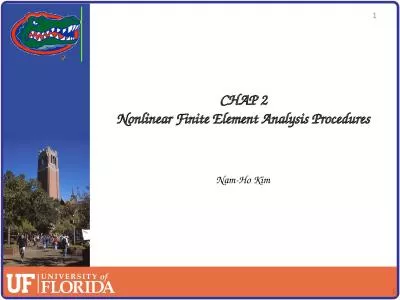PPT-Orion MPCV Nonlinear Dynamics Uncertainty
Author : phoebe | Published Date : 2023-10-04
Adam Johnson¹ Paul Bremner 3 Matt Griebel¹ Brent Erickson¹ Joel Sills 2 1 Quartus Engineering Incorporated 2 NASA Engineering and Safety Center 3 AeroHydroPLUS
Presentation Embed Code
Download Presentation
Download Presentation The PPT/PDF document "Orion MPCV Nonlinear Dynamics Uncertaint..." is the property of its rightful owner. Permission is granted to download and print the materials on this website for personal, non-commercial use only, and to display it on your personal computer provided you do not modify the materials and that you retain all copyright notices contained in the materials. By downloading content from our website, you accept the terms of this agreement.
Orion MPCV Nonlinear Dynamics Uncertainty: Transcript
Download Rules Of Document
"Orion MPCV Nonlinear Dynamics Uncertainty"The content belongs to its owner. You may download and print it for personal use, without modification, and keep all copyright notices. By downloading, you agree to these terms.
Related Documents

